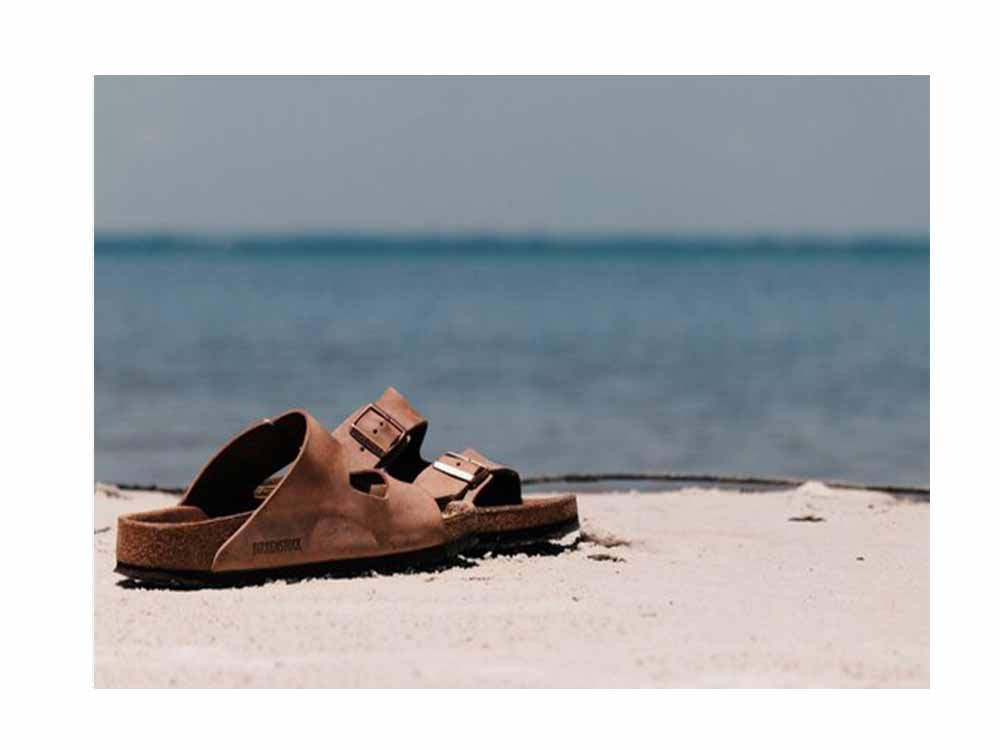Birkenstock in 2004: Comfort and Tradition Combined
In 2004, Birkenstock continued to be synonymous with comfort, quality, and timeless style. With its iconic cork footbeds and ergonomic designs, Birkenstock sandals remained a staple in wardrobes around the world, beloved for their unparalleled comfort and support. In addition to its classic styles, Birkenstock expanded its collection in 2004 to include new materials, colors, and designs, while staying true to its heritage of craftsmanship and tradition.
Evolution of Birkenstock Sandals in 2004
- Arizona Sandal: The Arizona sandal remained a bestseller for Birkenstock in 2004, known for its iconic two-strap design and adjustable buckles. Crafted with durable materials such as oiled leather and suede, the Arizona sandal featured Birkenstock’s signature cork footbed, which conformed to the shape of the wearer’s foot over time for a custom fit. Available in a variety of colors and finishes, the Arizona sandal was a versatile and timeless choice for casual wear.
- Gizeh Sandal: The Gizeh sandal emerged as a popular style for Birkenstock in 2004, featuring a thong-style silhouette with a single toe loop and adjustable buckle strap. The Gizeh sandal offered a sleek and modern alternative to the classic Arizona, with a slimmer profile and minimalist design. Like all Birkenstock sandals, the Gizeh featured a contoured cork footbed that provided superior arch support and cushioning, making it a comfortable choice for all-day wear.
- Boston Clog: The Boston clog was another standout style for Birkenstock in 2004, blending the comfort of a sandal with the coverage of a closed-toe shoe. Featuring a soft suede upper and a classic clog silhouette, the Boston offered warmth and protection during cooler months while still providing the same supportive footbed as Birkenstock’s sandals. The Boston clog was a versatile option for both indoor and outdoor wear, perfect for transitioning between seasons.
Craftsmanship and Tradition
- Cork Footbed Construction: Birkenstock’s signature cork footbed remained a hallmark of the brand’s footwear in 2004, crafted with layers of natural cork, latex, and suede lining for optimal comfort and support. The cork footbeds were anatomically shaped to mimic the contours of the foot, providing arch support, heel stability, and even weight distribution. Over time, the cork footbeds molded to the wearer’s unique foot shape, creating a custom fit and enhancing comfort with each wear.
- Quality Materials: Birkenstock’s commitment to quality materials was evident in its footwear collection in 2004, with each sandal and clog crafted from premium materials such as leather, suede, and natural cork. These high-quality materials were chosen for their durability, breathability, and ability to age beautifully over time. From the soft suede uppers to the sturdy buckles and outsoles, every component of Birkenstock footwear was designed to withstand the rigors of daily wear and provide lasting comfort.
Environmental Sustainability
- Natural Materials: Birkenstock’s use of natural materials in its footwear collection in 2004 reflected the brand’s commitment to environmental sustainability. From the renewable cork used in its footbeds to the vegetable-tanned leather sourced from eco-friendly tanneries, Birkenstock prioritized materials that were environmentally friendly and responsibly sourced. By using natural materials, Birkenstock minimized its environmental footprint and promoted eco-conscious manufacturing practices.
- Longevity and Durability: Birkenstock’s focus on longevity and durability in its footwear design in 2004 contributed to its sustainability efforts. By crafting sandals and clogs that were built to last, Birkenstock encouraged consumers to invest in high-quality footwear that would stand the test of time. The durable construction and timeless design of Birkenstock footwear meant that consumers could enjoy their favorite styles for years to come, reducing the need for frequent replacements and minimizing waste.
Fashion Trends and Cultural Impact
- Casual Chic: Birkenstock’s signature sandals and clogs continued to epitomize casual chic style in 2004, offering a laid-back yet polished aesthetic that resonated with fashion-conscious consumers. Whether paired with jeans and a T-shirt for a weekend brunch or dressed up with a maxi dress for a summer outing, Birkenstock footwear added an effortless and stylish touch to any ensemble. The brand’s timeless designs and versatile silhouettes made Birkenstock sandals and clogs a favorite choice for fashion influencers and trendsetters alike.
- Normcore Trend: Birkenstock’s classic sandals and clogs experienced a resurgence in popularity in 2004, thanks in part to the normcore trend, which celebrated simplicity, practicality, and comfort in fashion. The understated elegance and functional design of Birkenstock footwear perfectly aligned with the normcore aesthetic, making them a must-have accessory for those seeking to embrace a minimalist approach to style. Birkenstock sandals and clogs became synonymous with effortless coolness and laid-back sophistication, appealing to a wide range of consumers looking to make a fashion statement without sacrificing comfort.
Overall, Birkenstock in 2004 continued to embody comfort, quality, and tradition, offering consumers timeless footwear styles crafted with premium materials and ergonomic designs. With its commitment to environmental sustainability and timeless aesthetic, Birkenstock remained a beloved brand among fashion-conscious consumers seeking stylish yet comfortable footwear options.











